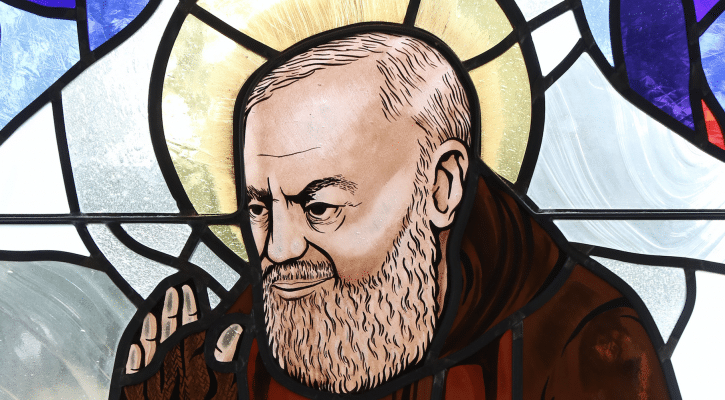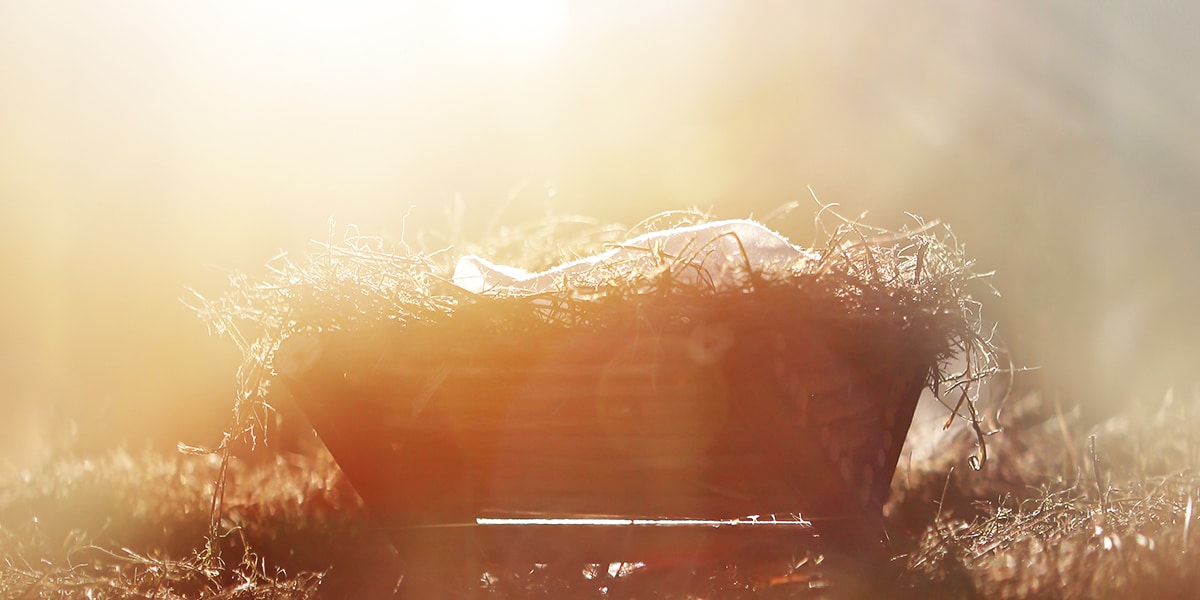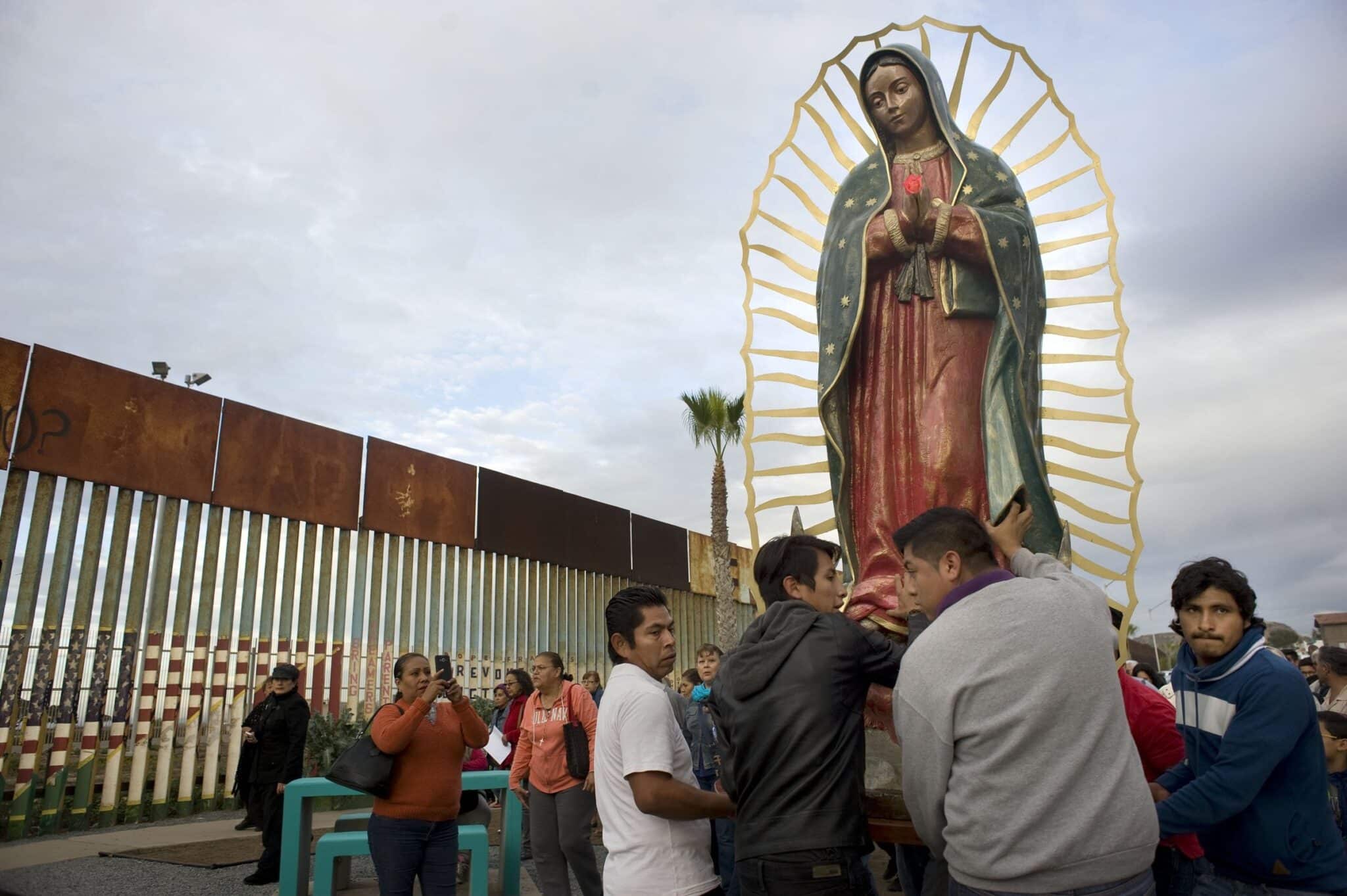The book Padre Pio: A Personal Portrait was written within five years of his death and was published in Italian and English before going out of print. Now, nearly forty years later, it is available in English once again.
Toward the end of the book, the writer, Francesco Napolitano, expresses the hope that the official request for the opening of Padre Pio’s cause for canonization in November 1969 would bear fruit. The cause for his beatification progressed fairly rapidly as the prayer groups that he set up to pray for an end to war, following a request of his namesake, Pope Pius XII, marshaled their troops to ask God to make Pio a saint. And so it was that the Venerable Padre Pio of Pietrelcina was beatified in 1999 by Pope John Paul II, who then canonized Saint Pio of Pietrelcina in June 2002.
This book tells the story of his life, beginning with a boy in rural Pietrelcina named Francesco Forgione, who never realized that the mystical experiences he had were not shared by others. This child, named after Italy’s patron, Francis of Assisi, was set apart by God for a special mission, one that the people of our time would be able to see and learn from.
Throughout his life, the boy who became Padre Pio was to bear a huge resemblance to the seraphic saint. He shared his name, his nationality, and later became a professed member of his Franciscan family. And like Francis of Assisi, Pio of Pietrelcina was to bear the stigmata on his body.
This book takes us on a journey and shows how Padre Pio’s mission was to suffer. Suffering was his hallmark, and indeed, he deeply desired to suffer for Jesus Christ. From the moment he got up before dawn, he counted the hours until he could offer the Holy Sacrifice of the Mass. He suffered until the moment he went to bed late in the evening.
Soon after Padre Pio was ordained a priest in 1910, he began to feel intense pain in his hands, feet, and left side. It was as if the stigmata were announcing their presence in his life. In 1918, while deep in prayer in the choir at the foot of the cross, he began to bleed from his hands, his feet, and his side. This caused him dreadful suffering, not only because the pain burned within him, but because he also knew that this would make him an object of people’s curiosity. If only the stigmata would be invisible to people, he could hide a little better; but alas, it was not to be. Only shortly before he died did the wounds begin to heal.
While he prayed for suffering and daily offered himself in union with the sacrifice of the Mass, he always wanted to help heal others of their sufferings. This book gives many accounts of how Padre Pio spent countless hours at the service of ordinary people, hearing confessions. In fact, such was the demand to go to Padre Pio for confession that pilgrims from all over the world would need to queue in order to get a ticket to secure a time they could come and confess to him. While Padre Pio was very charitable and warm to most penitents, he was hard on people who came flippantly and those who weren’t well-prepared to make a good confession. To some of the friars, he spoke about the price to be paid to gain back a soul for God; invariably, he himself was to pay that price far more than the penitent.
Perhaps the most famous example of Padre Pio’s work in helping to alleviate suffering was the planning and construction of Casa Sollievo della Sofferenza (the Home for the Relief of Suffering). When Padre Pio asked his spiritual children to help raise the funds to build the hospital, people sent donations from all over Italy and the world, answering his call for help in this important project. This large, modern hospital was his way of showing that his mission was to help heal people not just of their sins but also of their illnesses. Built a short distance from the friary where he lived all his life, today the Home for the Relief of Suffering is one of the largest and most modern hospitals in Italy.
A Life of Prayer and Suffering
There can be no doubt that Padre Pio dedicated his life to prayer and suffering. Every breath he took was a prayer—never for himself, always for others. From the beginning of his life, he was able to easily travel from this world to the next, through deep prayer. He used this connection with God to recommend to him the prayers of his spiritual children. This ability to make contact with the powerful presence of God through prayer enabled him to bless and pray with those in most need, wherever they were in the world.
Countless times we’ve seen examples of Padre Pio in prayer visiting South America, the United States, and parts of Europe. Those he visited would know that Padre Pio was present by the unmistakable aroma of violets and roses. Those who got closest to him noticed an odor of flowers emanating from the stigmata. To this day, forty-six years after his death, people will still insist that they have caught the scent of roses after praying for someone through the intercession of Padre Pio.
Padre Pio’s priority was to be simply “a friar who prays.” His intense prayer was offered up day and night for all his spiritual children and his religious community. He had a filial love for our Blessed Lady, and spent much of his day praying the rosary. But Padre Pio was first and foremost a brother to the Capuchin Franciscan community of Our Lady of Graces friary.
Like the others, he daily lived the rule and life of the Order of Friars Minor. The first chapter of the rule of Saint Francis outlines that the rule is simply to observe the Gospel of Jesus Christ, living in obedience and in chastity, without property. As a Capuchin Franciscan, he promised obedience and reverence to the pope, and to his superiors in the Capuchin order. No doubt it pained him greatly when the cult of sanctity built up around him, causing difficulties for the order with Church authorities.
Shortly before he died, the stigmata began to heal. When his body was examined by the doctors, they found that fresh, white skin had grown over the healed wounds. His life on earth was over, his earthly sufferings endured. He was journeying to the house of the Father where he prays for us all today in the presence of God.








